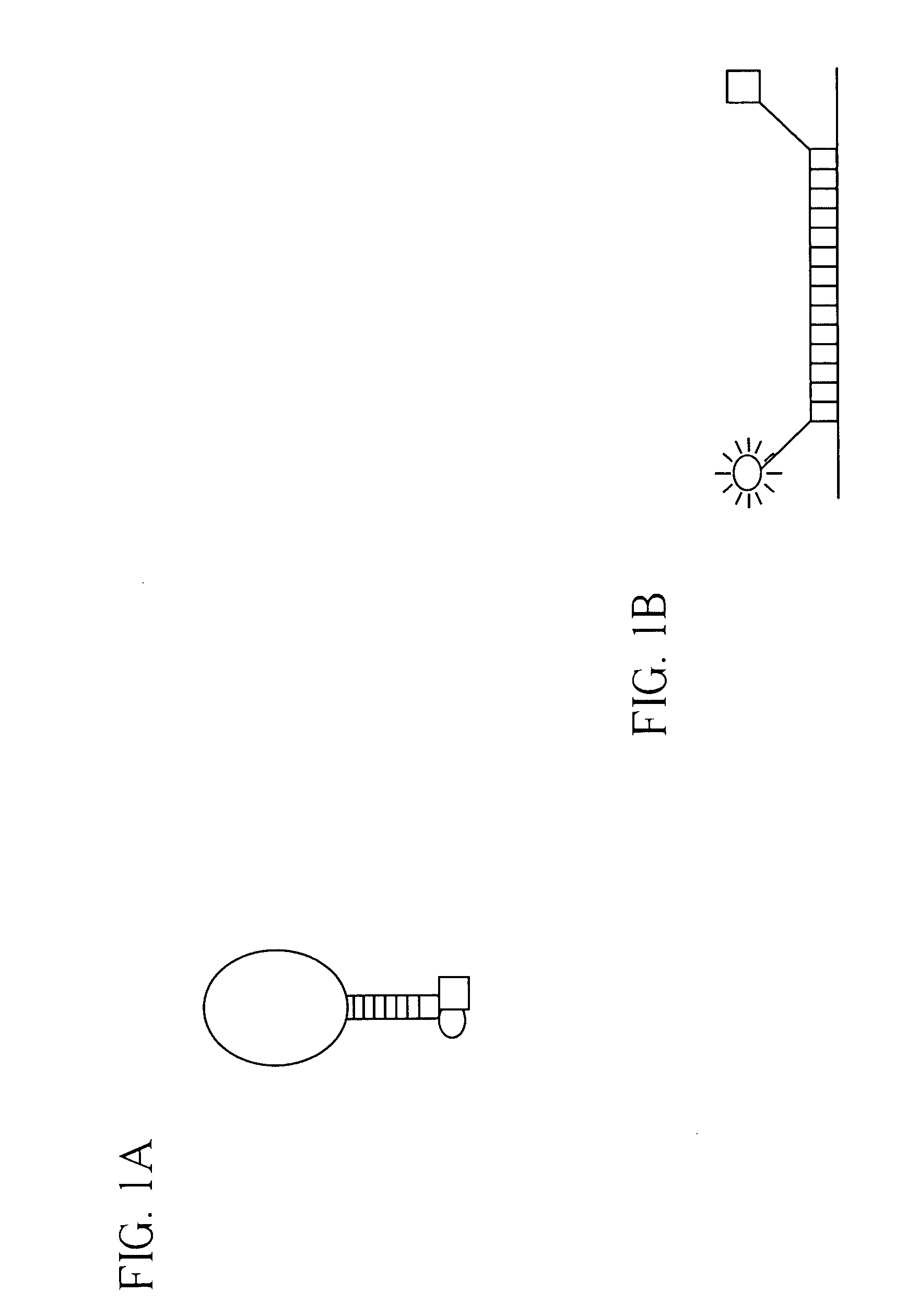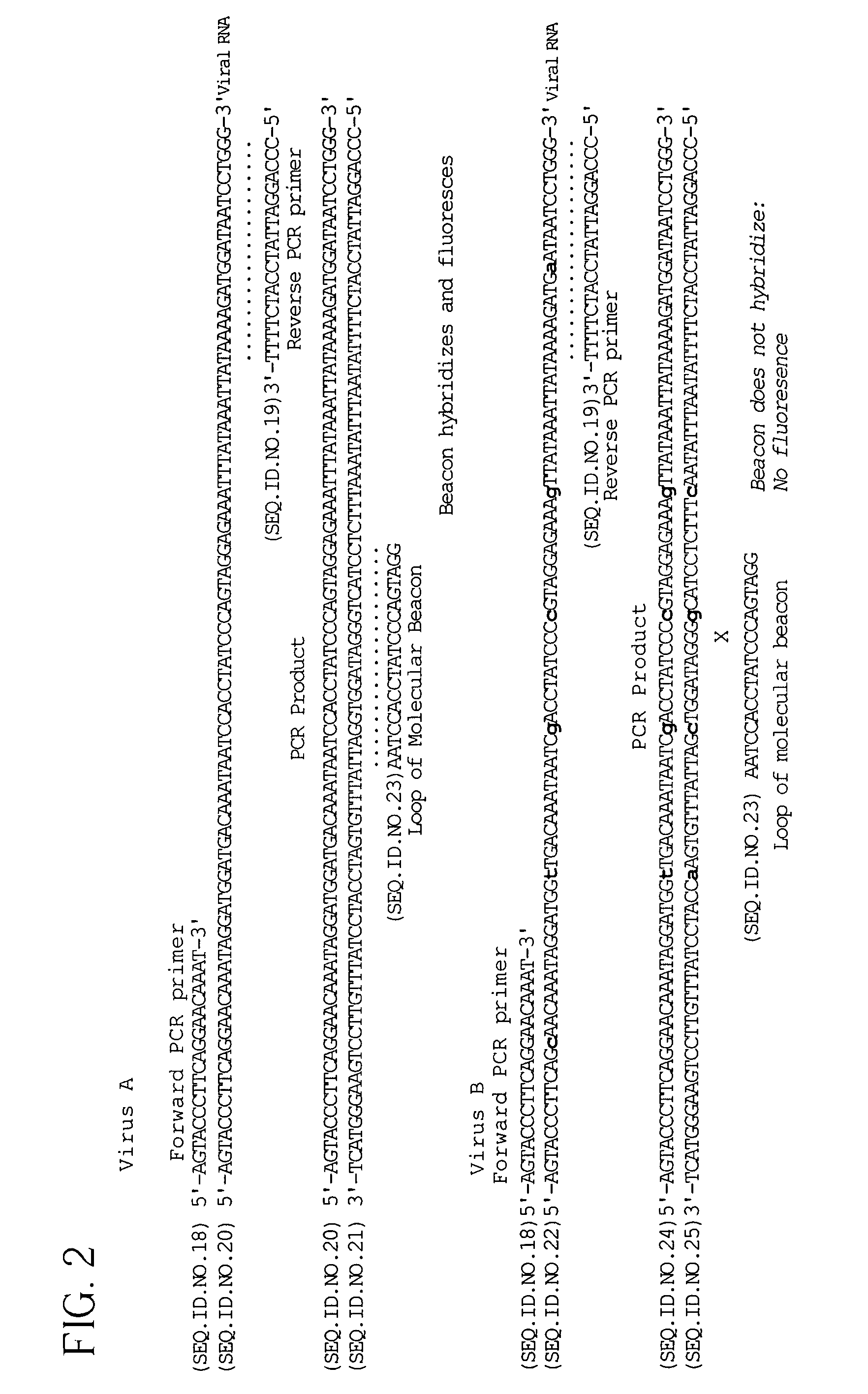Universal multi-variant detection system
a detection system and multivariant technology, applied in the field of universal multivariant detection system, can solve the problems of high cost, high cost, and inability to detect closely related genetic variants, and achieve the effects of reducing the range of diagnostic tests that provide reliable results, and reducing the number of strains of viruses
- Summary
- Abstract
- Description
- Claims
- Application Information
AI Technical Summary
Benefits of technology
Problems solved by technology
Method used
Image
Examples
examples
[0118]The examples of the present invention presented below are provided only for illustrative purposes and not to limit the scope of the invention. Numerous embodiments of the invention within the scope of the claims that follow the examples will be apparent to those of ordinary skill in the art from reading the foregoing text and following examples.
Detection of HCV Variants
[0119]A comparison was made of three different methods for nucleic acid-based detection of eight strains of HCV which are prototypes for the main HCV genotypes and subtypes. The four detection methods used were: (A.) The nose-to-nose beacon RT-PCR of the present invention, (B.) Conventional beacon RT-PCR, and (C.) The COBAS AMPLICOR HCV MONITOR Test Version 2.0 (COBAS HCM-2; Roche Diagnostic Systems Inc, Branchburg, N.J.). The COBAS HCM-2, which is an RT-PCR-based assay, was carried out according to the manufacturers' instructions. Conventional beacon RT-PCR and “nose-to-nose” beacon RT-PCR were carried out as f...
PUM
| Property | Measurement | Unit |
|---|---|---|
| volume | aaaaa | aaaaa |
| temperature | aaaaa | aaaaa |
| molar ratio | aaaaa | aaaaa |
Abstract
Description
Claims
Application Information
 Login to View More
Login to View More - R&D
- Intellectual Property
- Life Sciences
- Materials
- Tech Scout
- Unparalleled Data Quality
- Higher Quality Content
- 60% Fewer Hallucinations
Browse by: Latest US Patents, China's latest patents, Technical Efficacy Thesaurus, Application Domain, Technology Topic, Popular Technical Reports.
© 2025 PatSnap. All rights reserved.Legal|Privacy policy|Modern Slavery Act Transparency Statement|Sitemap|About US| Contact US: help@patsnap.com



